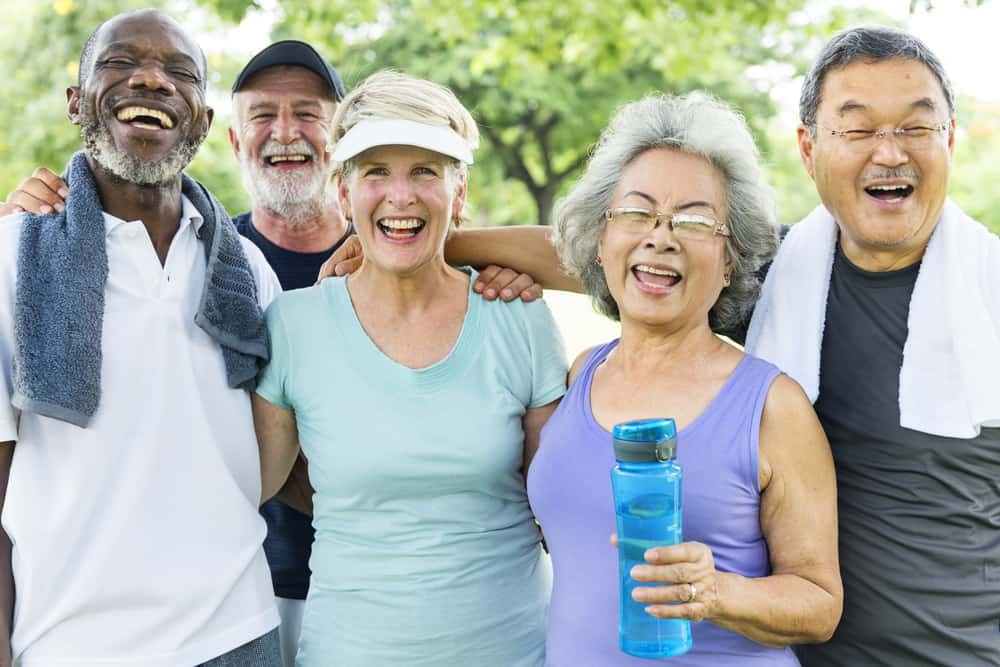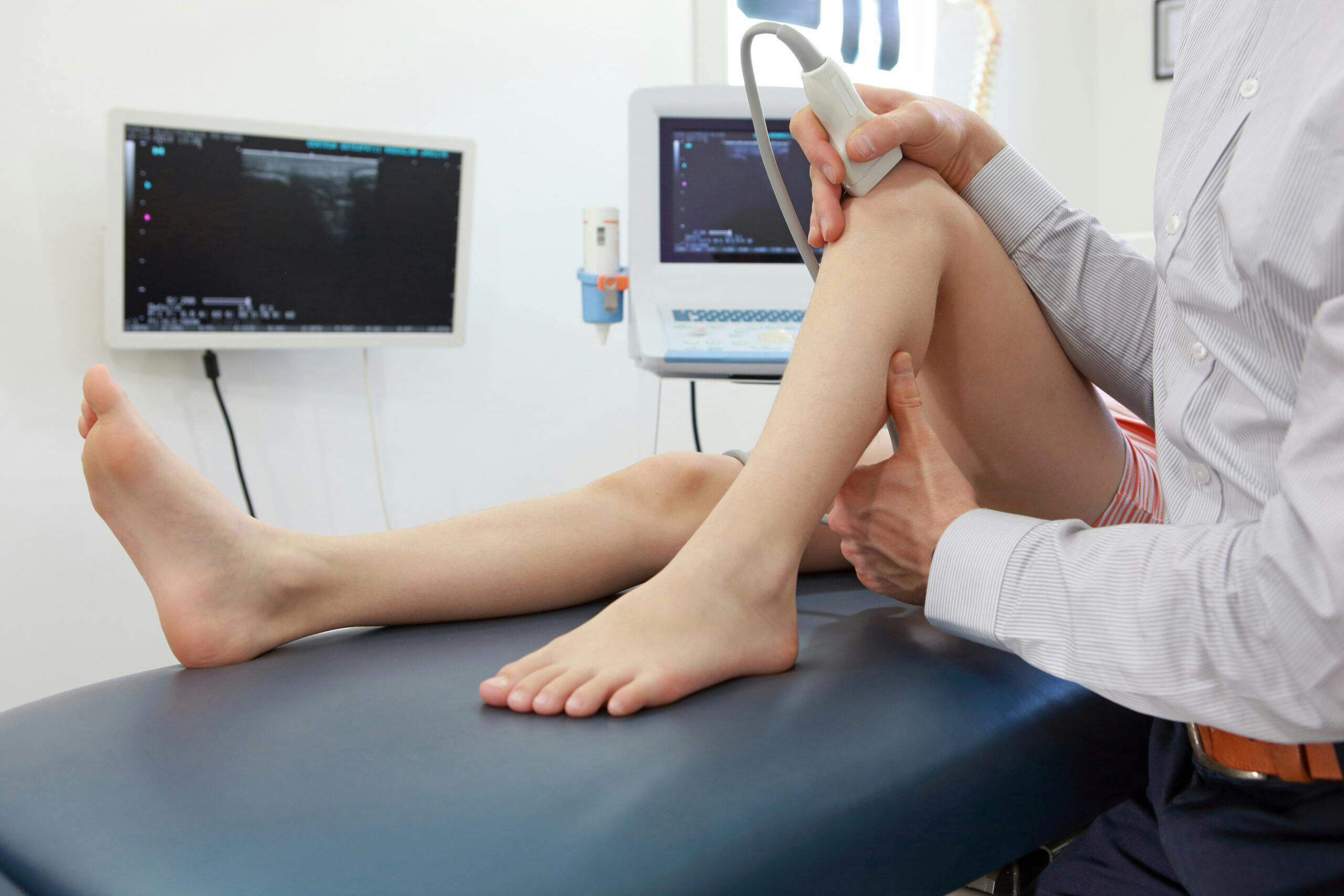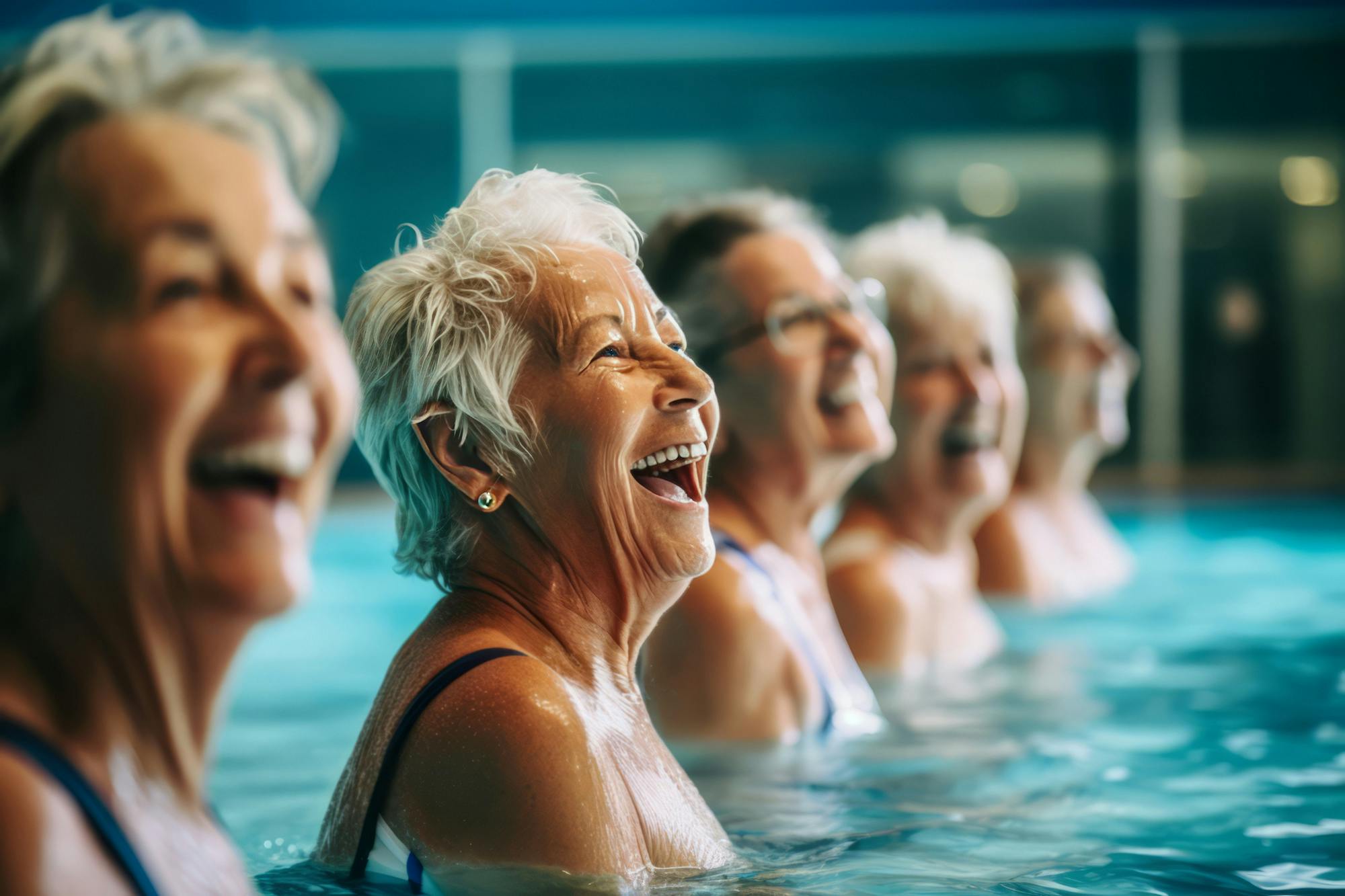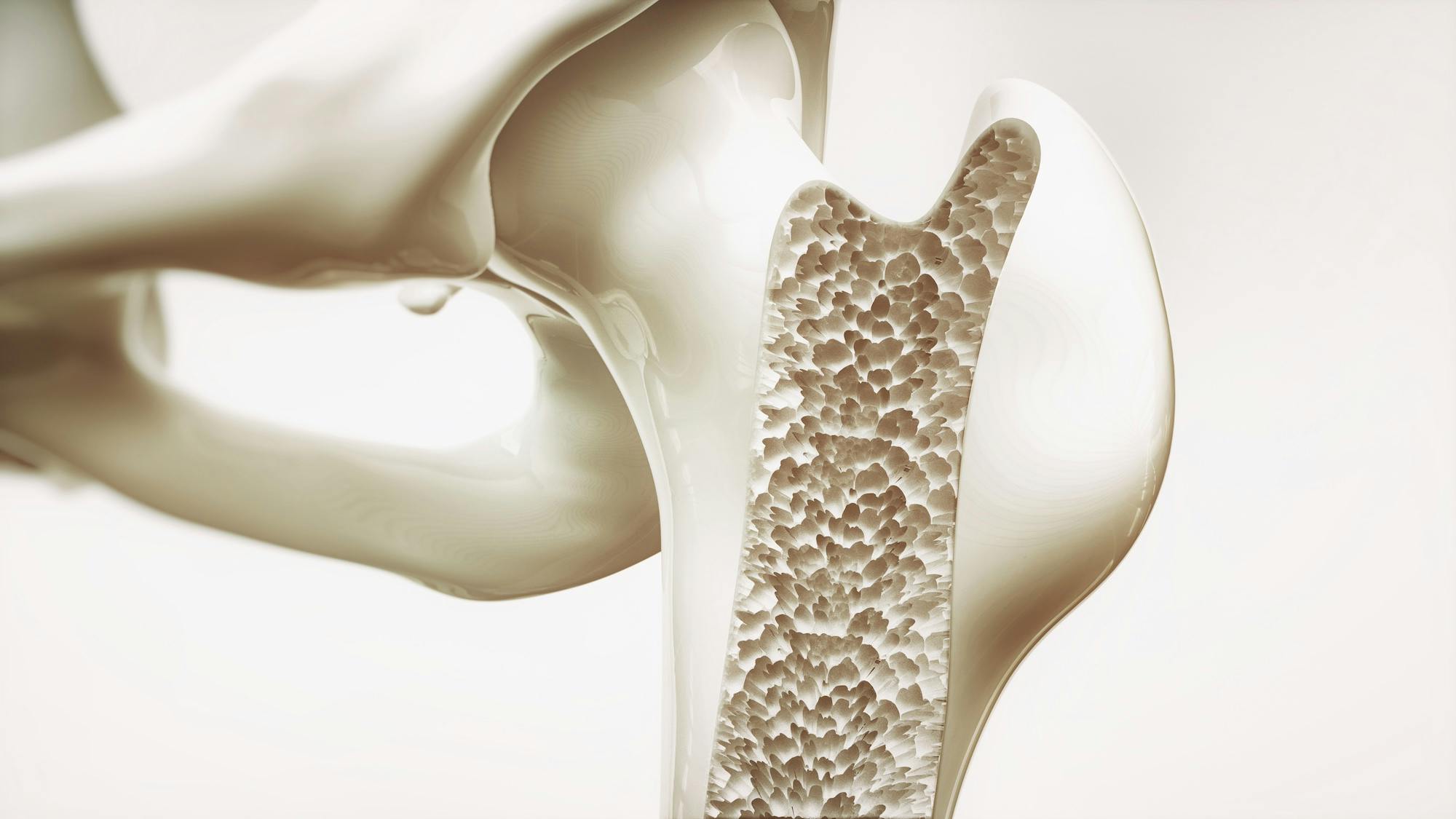- Blog
Aging & Inactivity
Posted on 11-30-2025 in Primary Care Sports Medicine, Regenerative Medicine, Running & Stem Cell Therapy by Dr. Joshua Hackel

Posted on 11-30-2025 in Primary Care Sports Medicine, Regenerative Medicine, Running & Stem Cell Therapy by Dr. Joshua Hackel
Throughout my career, I’ve treated athletes from all walks of life and at various skill levels. From the amateur cross-country runner to both professional and college football players, one thing is consistent, as it is with us all, how we’ve treated our bodies when we were younger impacts our health as we age. I’m reminded of this weekly as I watch from the sidelines serving as a team physician for the University of West Florida football team.
These talented young men, who are in incredible physical shape now, will one day be retirees who want to enjoy a game of golf or perhaps just chase their grandchildren around the yard. It’s a stark reminder that everyone, not just athletes, must stay active if we want to remain healthy as the years advance. And as we approach the conclusion of Healthy Aging Month, it’s as important as ever to highlight the significance of inactivity and the role that it plays in our health.
Research indicates that the greatest threat to health is inactivity or a sedentary lifestyle. To articulate the severity of this issue, the World Health Organization has said that inactivity is one of the top 10 leading causes of death in the world. In the U.S., the Centers for Disease Control and Prevention reported that inadequate activity levels are responsible for 1 in 10 premature deaths and $117 billion in annual healthcare costs.
The prevalence of physical inactivity among adults is higher increases by age group and has pronounced disparities that correlate to gender, race and ethnicity, and other demographic factors such as education and annual household income levels. The 2021 assessment of the CDC’s Behavioral Risk Factor Surveillance System cited that inactivity among adults is higher in:
According to the same report, the most effective way to combat sedentary behavior is to reduce time spent sitting and increasing physical movement. Key guidelines for adults include at least 150 minutes of moderate-intensity (or 75 minutes of vigorous-intensity) aerobic physical activity, such as running, riding a bike, dancing or swimming, a week. In fact, the National Institute on Aging (NIA) outlines endurance, strength, balance and flexibility exercises that, regardless of age, you can find activities that meet your fitness levels and needs.
If increasing your physical activity is a goal, but an injury or condition prevents you from doing so, contact us at 850.916.8783 or use our convenient online appointment form to schedule an initial consultation with our office. Our practice is dedicated to providing patients with state-of-the-art procedures to address a wide variety of sports medicine-related injuries and conditions.

Musculoskeletal ultrasound imaging offers orthopaedic patients safe, painless, and real-time imaging, without any harmful ionizing radiation or the need for uncomfortable positioning. As the first sports medicine physician in the region to utilize ultrasound for diagnostic and therapeutic purposes, Dr. Josh Hackel’s commitment to innovation has improved the accessibility of care for his patients.

According to the American Academy of Orthopaedic Surgeons, approximately 2 million older Americans sustain fractures yearly due to weak bones. By 2025, that number is predicted to rise to 3 million fractures annually. At North Florida Bone & Joint Specialists, we recognize the importance of maintaining strong bones, particularly as you age. In honor of Healthy Aging Month, the following tips can help you maintain, and even improve, your bone strength:

We see our share of broken bones as an orthopaedic and sports medicine practice. From the high school baseball player who collided with first base a little too hard to the avid DIY’er who took a tumble from an unsecured ladder and everything in between, we’ve seen it all. As we age, we also gradually lose bone mass, which occurs as small amounts of healthy bone are absorbed into your body as small amounts are replaced. When more bone is absorbed than is replaced, the density (bone mass) is reduced. Osteoporosis develops when the bone is no longer replaced as quickly as it is removed, and over time, it causes the bone to become progressively weaker, increasing the risk that it may break.